Buerger's Disease Treatment: Can Compression Help?
Buerger’s disease - also known medically as thromboangiitis obliterans - causes blood vessels to swell, particularly in the arms and legs. The swelling of the blood vessels can cause problems with blood flow. This can lead to blood clots, chronic pain, damage to your organs and tissues, and even decay of your body tissues, which could require limb amputation. Thankfully, Buerger’s disease is uncommon. Roughly 20 out of 100,000 people in the United States suffer from it, according to the National Organization for Rare Disorders.
The Center for Disease Control and Prevention believes that use of tobacco products is the primary cause for Buerger’s disease. Chemicals from tobacco harms the blood vessel linings, according to the Mayo Clinic. Further, almost all people diagnosed with Buerger’s disease have chronically used tobacco in the past (regardless if it is cigarettes, cigars, or chewing tobacco).
In addition to symptoms you could expect from poor circulation (such as cold hands and feet, changes in skin color and swelling), Buerger’s disease patients also suffer from burning or tingling sensations and pain in the feet and legs when walking. To relieve these symptoms, compression socks can be worn to boost peripheral circulation, reduce swelling, and provide additional support for walking.
Can Compression Help with Buerger’s Disease?
Although there is no cure for Buerger’s disease, doctors and medical professionals might offer compression therapy to Buerger’s disease patients to stimulate better blood flow in the feet and hands. Compression socks are a convenient way to improve circulation, since they can be worn with any outfit and at any time. They also support the feet and ankles, helping relieve pain and swelling while enabling Buerger’s patients to stay active by walking.
Discover compression socks to reduce swelling and boost circulation.

How Compression Works for Buerger’s Disease Treatment
The primary benefit of compression socks is that they improve blood flow in the lower limbs. This reduces the risk of blood clots, swelling, pain and discomfort. Additionally, research has found that compression socks can improve exercise recovery. Compression socks also support the joints and feet while walking and doing physical exercise.
Improved Blood Flow and Circulation
The therapeutic pressure applied by compression socks increases circulation locally and throughout the body. This may help reduce the risk of further circulatory problems (such as blood clots, varicose veins, and more). It also helps reduce pain and the feeling of cold feet, while also reducing tingling and numbness.
Moreover, graduated compression stockings and socks are tighter at the lower end, which helps “push” blood upwards through the veins. This reduces the risk of blood clots and swelling, which could effectively minimize the pain experienced from Buerger’s disease.
Reduced Edema and Swelling
Swelling in the lower legs is often caused by poor circulation or lymphatic drainage (as in the case of lymphedema). Wearing compression socks while walking has been shown by scientific studies to be effective in reducing these cases of swelling and improving overall comfort for patients.
Preventing Blood Clots
One immediate danger of poor peripheral circulation caused by Buerger’s disease is the potential of blood clot development. Blood clots can cause serious problems like losing a limb, stroke, and more. Doctors regularly prescribe compression socks to those recovering from surgery (especially those who are bed-ridden) for this reason. They are also strongly recommended by the CDC for those who take long flights because researchers have found that compression socks reduce the risk of blood clots. For Buerger’s disease patients, compression can stimulate blood flow and may minimize the risk of blood clots forming.
Promoting Tissue Healing
Through the increase in blood flow, compression socks may support quicker healing in the lower legs. This includes healing of the muscles and tissues alike due to more effective delivery of oxygen and nutrients due to better blood flow. Wearing compression socks may also reduce inflammation by helping your lymphatic system work more effectively.
Discover compression socks to help manage inflammation.

Reduced Pain and Tingling
In addition to the improvements in blood flow, which can lower the risk of the lower legs going numb or tingling, compression socks also provide a beneficial massage to the area. This soothes pain in the muscles and joints and helps revitalize the lower limbs.
When and How to Wear Compression for Buerger’s Disease
Wearing compression socks is a convenient and simple solution to help reduce the symptoms of Buerger’s disease that you can implement in your everyday life. You can wear compression socks for as long as you feel comfortable (we recommend starting with a few hours, then gradually increasing the length of time).
To get the full benefit of compression socks, wear them in all situations that require sitting or standing for prolonged periods of time. This can be at work, on a long flight, or on a long car journey. If you are struggling with swollen and painful legs after a long day out, you can also wear compression socks for recovery, during your downtime, or even to bed.
Choosing Compression Garments for Buerger’s Disease
The most essential elements of using compression socks for Buerger’s disease are choosing the right fit, the materials that work for your lifestyle, and the type of compression garments that are most appropriate.
Types of Compression Garments to Consider
It is easy to think that when we talk about compression for the lower legs, the classic knee-high socks are the only option. However, there is quite a lot more choice than that!
- Open-toe compression socks can be an excellent choice for wearing sandals or if you need to keep your toes accessible (e.g. if you have a toe infection).
- Compression tights or leggings offer full coverage all the way to your pelvic area and provide extra support for the knees.
- Calf sleeves focus the compression on the calf muscles - they may not be particularly useful for Buerger’s disease but are very good for stimulating blood flow to recover after running or walking.
Proper Sizing and Fitting Guidelines
The single most important part of getting compression socks that work well is to ensure they are tight enough, but not so much that they become uncomfortable. The secret is to measure the circumference of your calf muscles and then match that with your shoe size so that you get an accurate size. We have a chart to help you with that here.
Always put on your socks carefully, ensuring that the toes and heels are nestled into their respective extremities. The socks should not fold or bunch up at any point. If wearing knee-high compression socks, ensure they are pulled up to just below the knee.
Material and Style Options
Luckily, wearing compression socks does not mean you cannot infuse your outfits with a bit of style! In fact, we have lots of different patterns and styles to choose from on our online store.
Moreover, choosing the right material will enhance your comfort:
- Cotton is excellent for all-day wear, soft and comfortable.
- Merino wool is good for thermoregulation so you feel warm enough during cold days but your feet don’t sweat. It also absorbs and wicks away moisture very effectively.
- Nylon and choice nylon are sleek and flexible for athletic activities;
- Moisture-wick nylon combines sleekness with extra moisture-wicking properties.
Conventional Treatment Options for Buerger’s Disease
It is important to remember that Buerger’s disease symptoms could be improved by wearing compression socks, but there is no cure for Buerger’s disease currently. Smoking and continuing to smoke can aggravate Buerger’s disease symptoms to the point of limb amputation. There are several actions you can take for Buerger’s disease treatment.
Smoking Cessation
Quitting smoking is the key Buerger’s disease treatment that patients should perform, according to the Mayo Clinic. Nearly all cases of Buerger’s disease are discovered among smokers, and your symptoms can worsen if you choose to continue smoking. Quitting smoking, however, is not easy. Developing a plan with your healthcare provider will be the most helpful way to quit smoking. This can include anything from nicotine replacement products to live-in care programs for smoking cessation.
Medication to Manage Symptoms
Medications to improve blood flow can be appropriate for Buerger’s disease patients. Your doctor may prescribe aspirin to help prevent blood clots, as well as blood pressure medication. For severe Buerger’s disease symptoms, a drug called bosentan treats high blood pressure in the lungs and could potentially improve blood flow for people undergoing Buerger’s disease treatment. Consult with your doctor to see what is best for you.
Surgery
The severe lack of blood flow that Buerger’s disease can cause may lead to very damaged skin tissues. In extreme cases, the limb affected by Buerger’s disease could need to be amputated. This sort of surgery is, of course, extremely serious, and will be discussed with your medical professional.

Lifestyle Modifications
Along with quitting smoking, you can improve your health when suffering from Buerger’s disease with a few additional steps.
Exercising is excellent for improving blood flow, so aiming for 30 to 60 minutes of physical activity several times a week can make a positive difference. The best type of activity should be discussed with your doctor, depending on your fitness levels and personal history.
Buerger’s disease patients should always be incredibly careful with their skin. Clean cuts and grazes quickly, as they are at higher risk of infection. Additionally, you should check the skin regularly for cuts or scrapes, because the lower or lack of blood flow may make you not feel some injuries that can also become infected.
Finally, Buerger’s disease has also been linked to long-term gum disease. You should try your best to keep your teeth and gums in good health and visit a dentist regularly.
References
CDC - TobaccoFree. (2022). Smoking and Buerger’s Disease. Centers for Disease Control and Prevention. Read it here.
Mayo Clinic Staff. (2019). Buerger’s disease - Symptoms and causes. Mayo Clinic. Read it here.
Montoye, A. H. K., Mithen, A. A., Westra, H. L., Besteman, S. S., & Rider, B. C. (2021). The Effect of Compression Socks on Maximal Exercise Performance and Recovery in Insufficiently Active Adults. International journal of exercise science, 14(7), 1036–1051. Read it here.
Barufi, S., Pereira de Godoy, H. J., Pereira de Godoy, J. M., & Guerreiro Godoy, M. F. (2021). Exercising and Compression Mechanism in the Treatment of Lymphedema. Cureus, 13(7), e16121. Read it here.
CDC. (2022, June 1). Blood Clots and Travel: What You Need to Know | CDC. Centers for Disease Control and Prevention. Read it here.
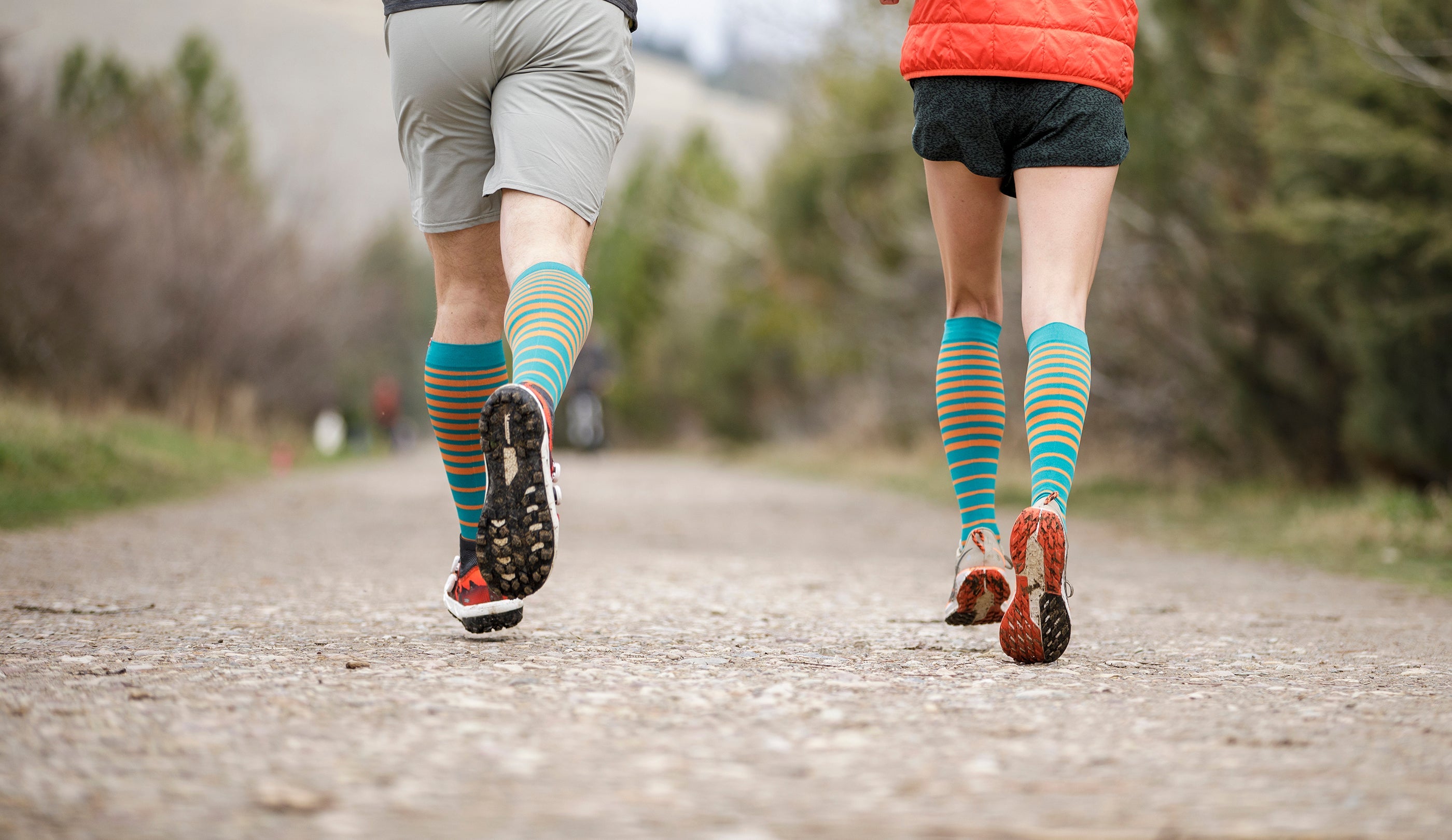
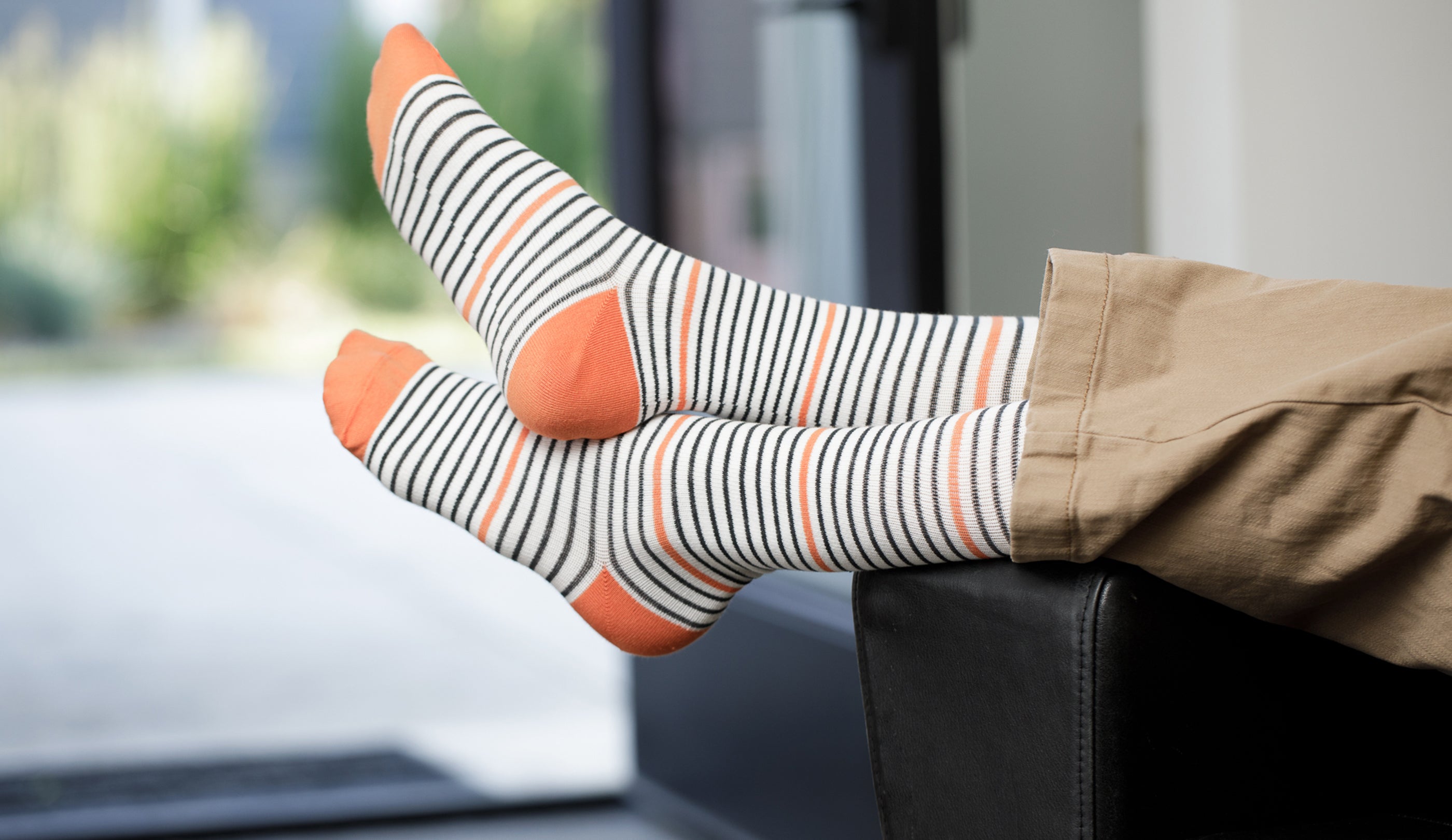

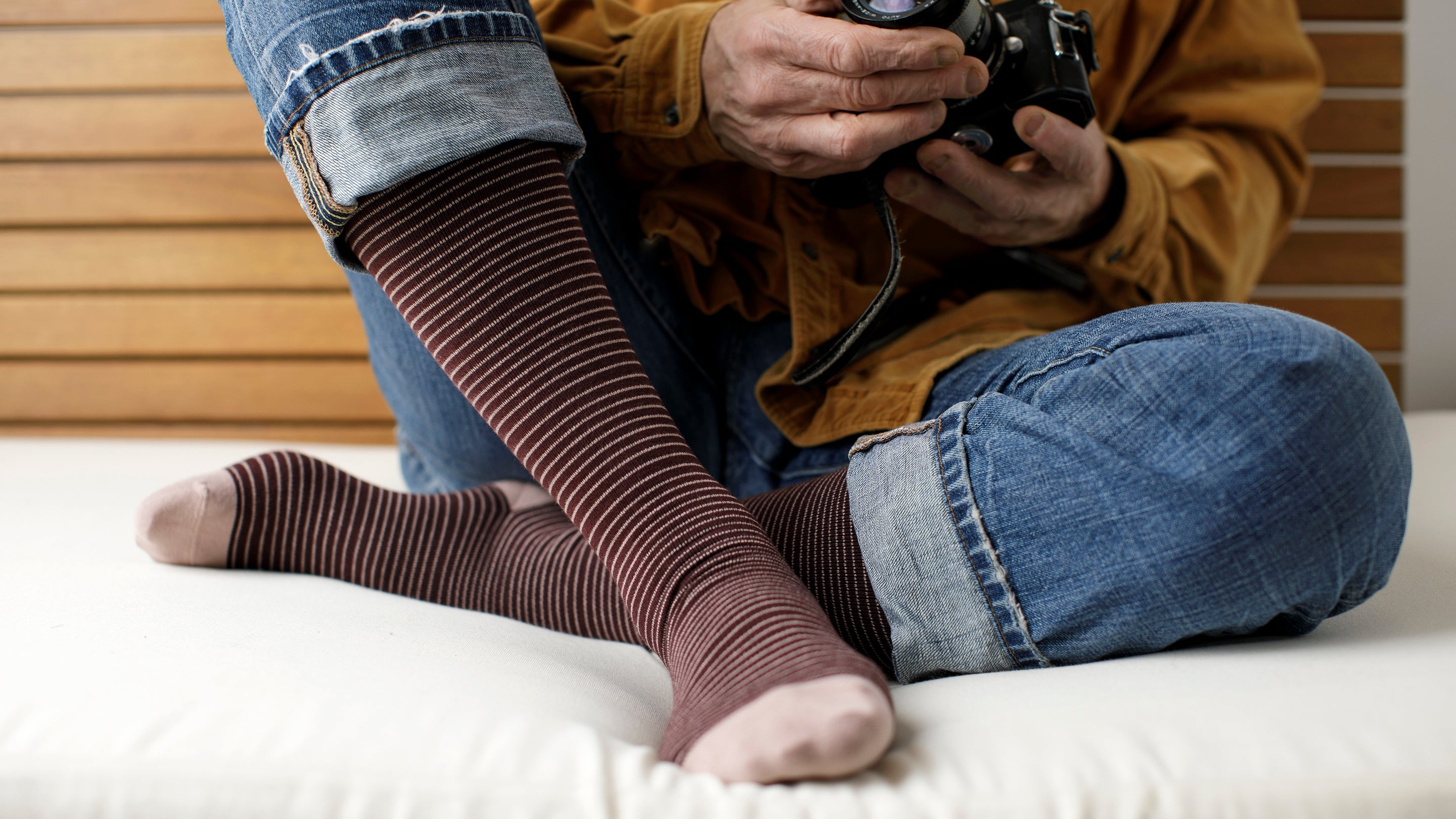




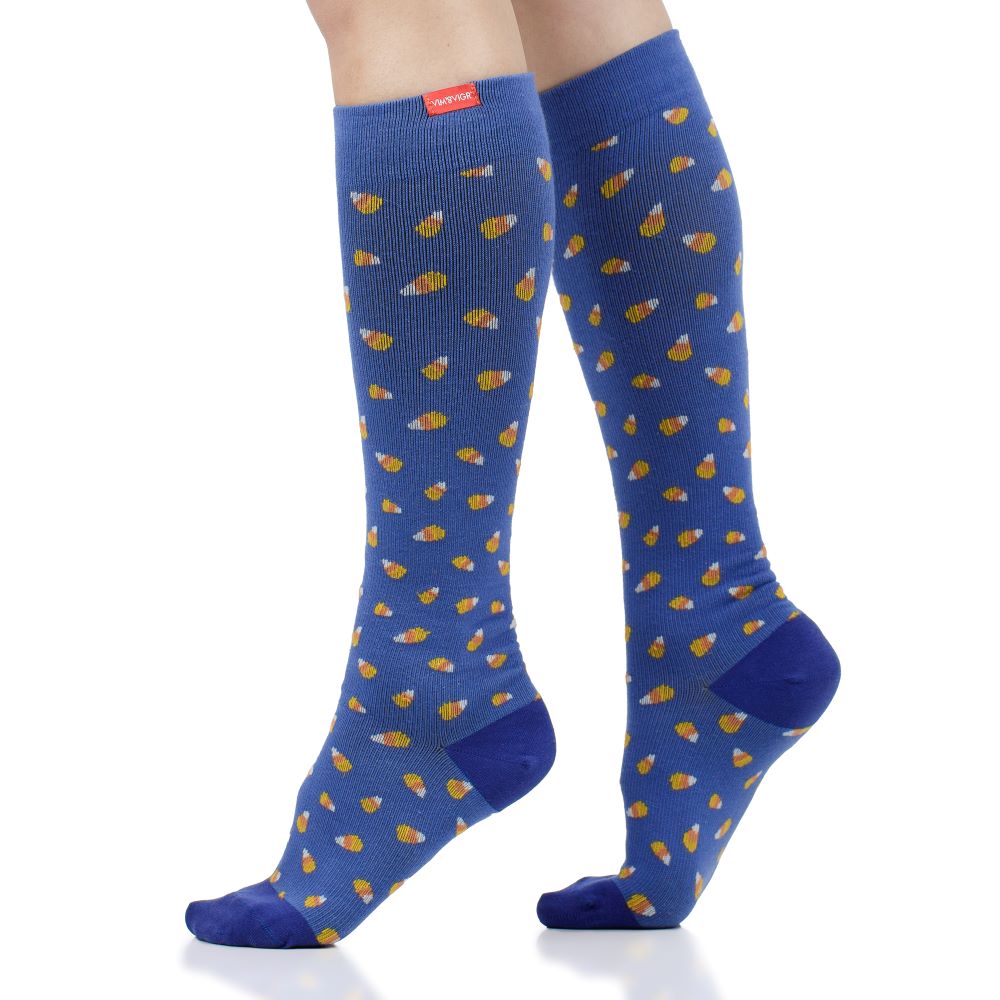

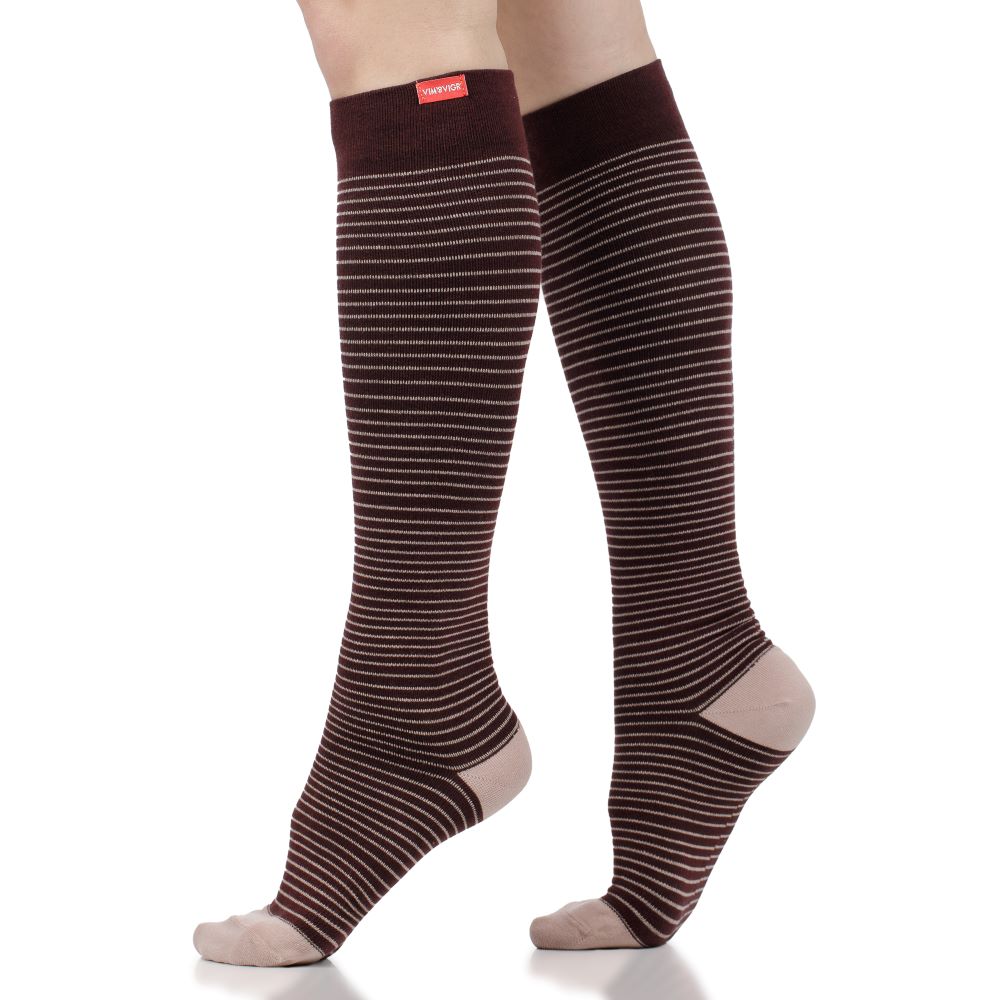
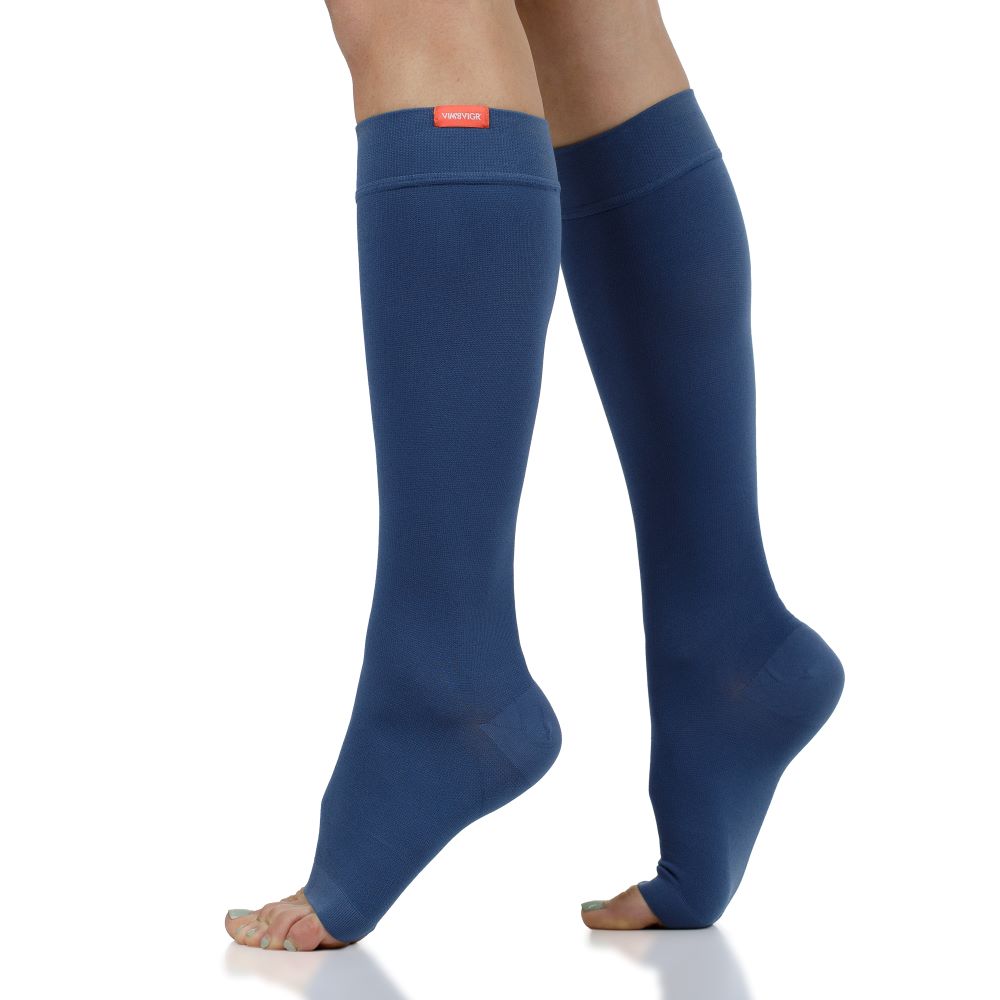
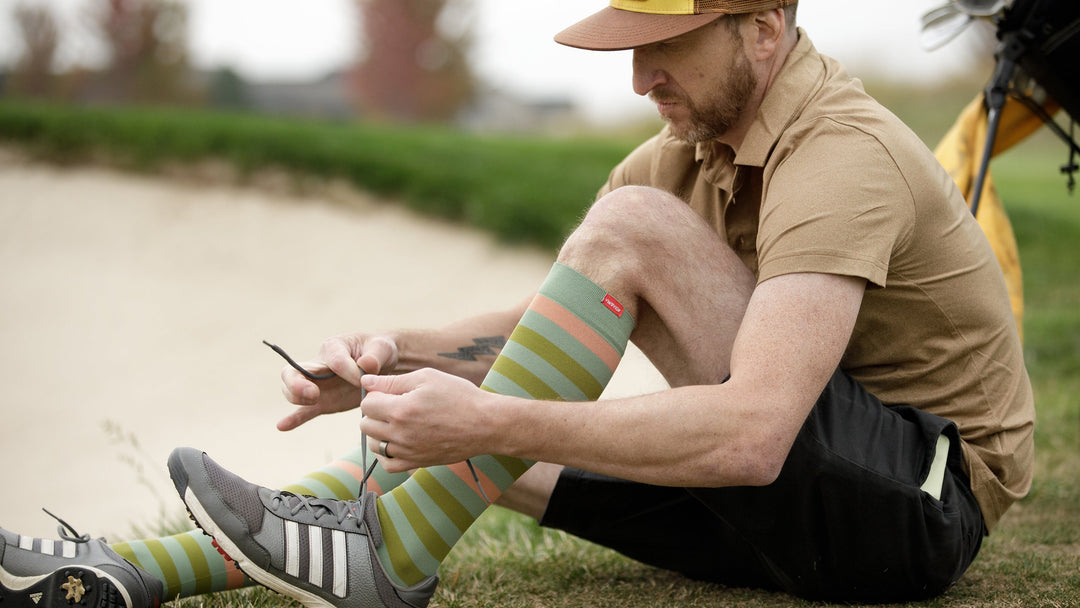

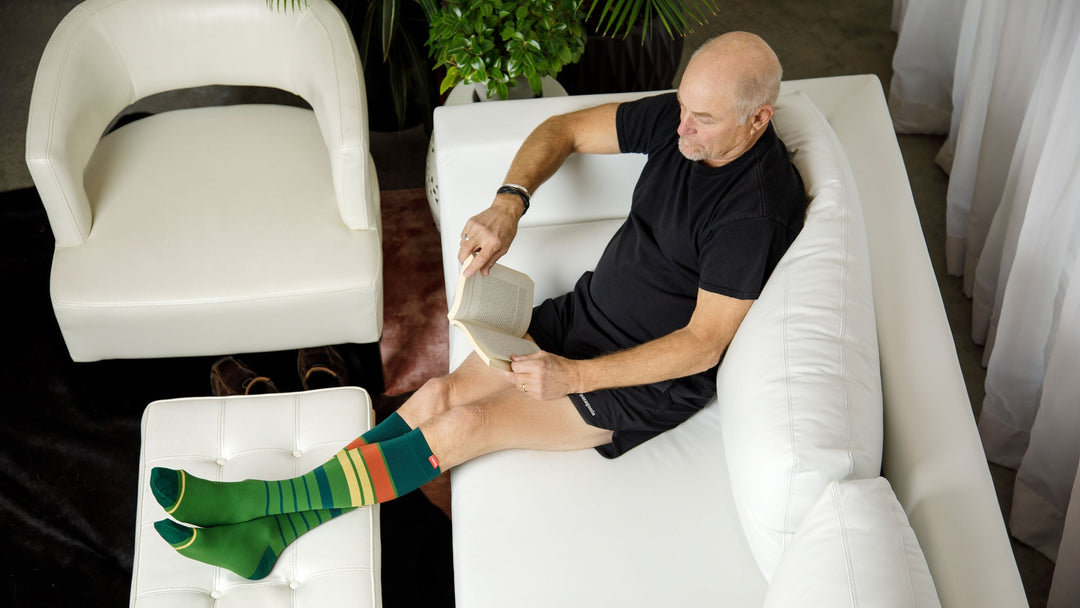



Leave a comment